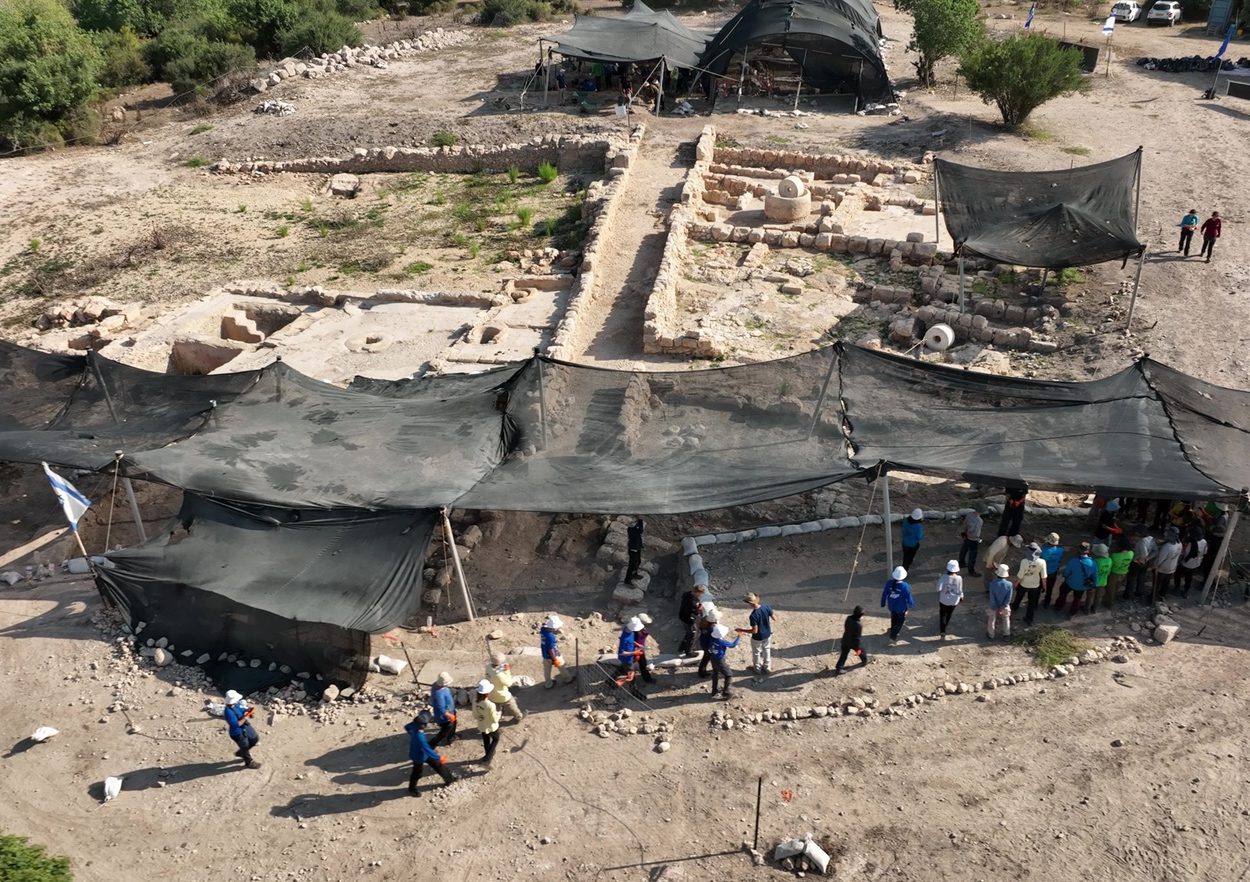Excavations led by the Israel Antiquities Authority have uncovered a fragment of a “magic mirror” meant to ward of the “evil eye” at the site of Usha, located near Kiryat Atta in the western Galilee area of Israel.
Usha was a city that rose to prominence when the seat of the Patriarchate moved to Usha under the presidency of Gamaliel II in AD 80. In AD 116 it moved back to Yavneh, and then again back to Usha.
During the Byzantine Period, Usha became a centre for the production of glassware and metallurgy, in addition to the large-scale production of wine and olive oil.
The mirror was discovered during the Shelah Project run by the Ministry of Education, where 500 high-school pupils participated in archaeological excavations across the country
A study of the mirror has dated the find to the Byzantine period around 1,500-years-ago, which was found between the walls of a building from the 4th to 6th centuries AD.

According to Navit Popovitch from the Israel Antiquities Authority, the mirror was meant to provide protection against evil spirits such as demons that would see their reflection. Similar mirrors have been found in sites as funerary gifts deposited in tombs in order to protect the deceased in their journey to the next life.
Another theory suggests that the mirror could have been used in catoptromancy, the art of divination by means of mirrors which was practiced by the Greeks and Romans.
Eli Escusido, Director of the Israel Antiquities Authority, said: “During the week-long trek, the young leaders discovered additional finds, including ceramics, coins, decorated stone fragments, and even a water aqueduct. History, usually taught in the classroom, comes to life from the ground. A pupil who uncovers a find during an excavation will never forget the experience. There is no better way to attach the youth to the country and the heritage.”
Header Image Credit : Clara Amit

